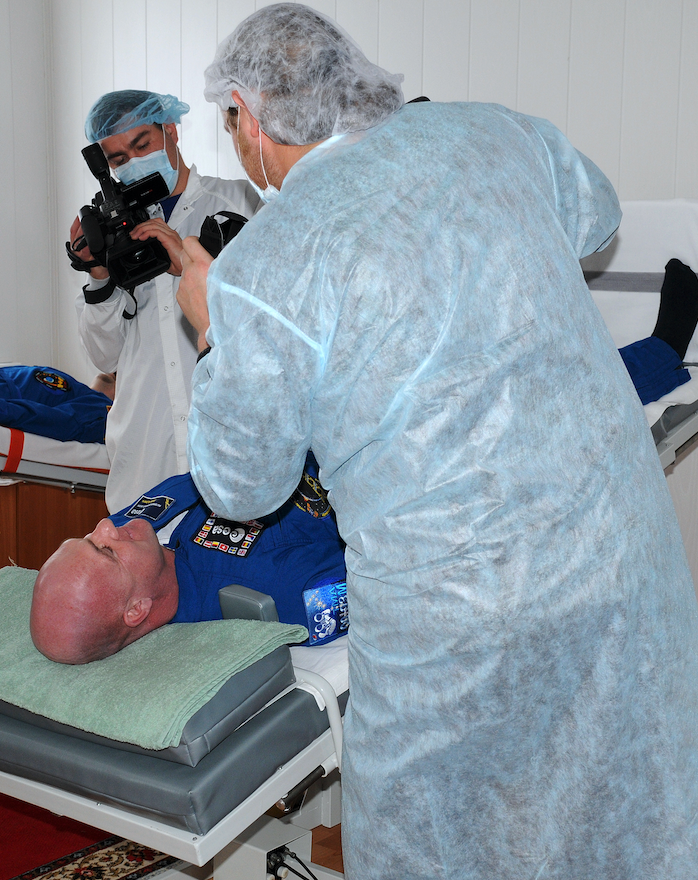The Tilt Table Test – What Is It?
Posted by: Tampa Cardio
On: June 21, 2019

Has your doctor suggested you should take the tilt table test? If so, his suggestion was very likely met with a rather blank stare. Tilt table tests, though widely used, are not very well known amongst the general public.
What is a Tilt Table Test and Why Would You Be Suggested to Take One?
This test is commonly used for patients who are experiencing some form of syncope, or fainting spell. It may also be recommended to patients even if they have not yet experienced fainting episodes but are concerned about dizziness or lightheadedness with an unknown cause. If you are fainting or have presented with other symptoms of cardiac arrhythmia, then there is a good chance that your doctor may recommend a tilt table test.
Pre Tilt Table Test
You will be asked to fast for several hours prior to the test, water included. You may continue taking medications as directed unless your physician instructs you otherwise.
The Tilt Table Test Itself
The technician will place electrode patches at various locations on your body. These are connected to an electrocardiogram machine and are used to monitor your heart rate. Additionally, a blood pressure cuff will be placed around your arm so that your blood pressure can be closely monitored for any changes. Some patients may be hooked up to an IV prior to or during the test, which can quickly administer medications during the procedure if needed.
- To begin the test, you start by laying down on a table, placing your feet onto footrests at one end and allowing your body to be strapped down by a series of safety straps. You will be asked to please remain as still as possible.
- Your heart rate and blood pressure will be monitored for 5 minutes.
- The table will then rotate until you are in a head-up vertical position, typically between a 60 and 90-degree angle.
- While in this position, your heart rate, and blood pressure will continue to be monitored. Result dependant, you may remain in this position for at a minimum of five minutes and up to as many as forty-five minutes. Should you faint during the test, you will be moved back to a horizontal position immediately and monitored.
- Should you, after forty-five minutes in the vertical position, not lost consciousness or had any other symptoms of cardiac arrhythmia, then you may be administered medication through your IV that induces similar effects by lowering your blood pressure manually.
- If syncope has been induced by medication, your heart rate and blood pressure will continue to be monitored for about fifteen additional minutes.
Post Tilt Table Test
You may return to your normal activities. Your doctor will discuss the results of your test with you.
To schedule an appointment with an experienced cardiologist in the Tampa area for diagnostic testing, or to discuss treatment options for a condition that has already been diagnosed, contact Tampa Cardiovascular Associates today by calling (813) 975-2800. www.tampacardio.com.
Posted by: Tampa Cardio
On: 21/06/2019
